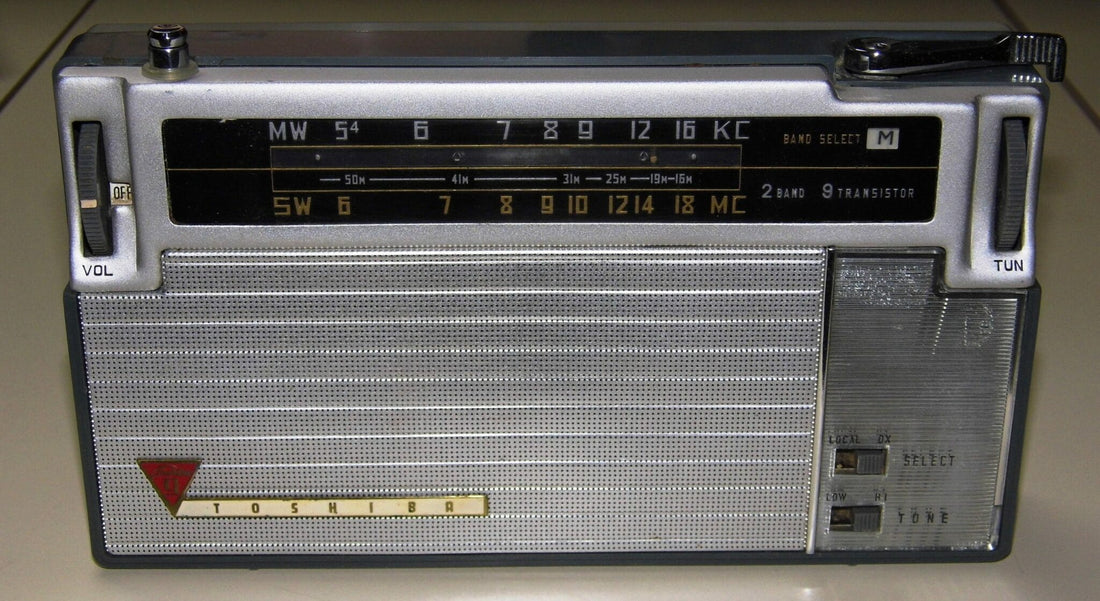This time out, I want to share some audio-related news – both bad and good.
First the bad news, and I confess to some embarrassment, because I probably led a few people astray. In January of 2019, I bought a pair of HIFIMAN HE-4XX headphones from Massdrop (now just Drop). I paid like $180, and considered it a great bargain. These quickly became my second-favorite headphones, and moved into place on first usage. My (now-customized) Grado HP-1s remained my favorites, but the HIFIMAN headphones were more comfortable. Until they literally fell apart, which happened last month. One driver fell off the headband, and the other is ready to come off. I’ve heaped praise on them both in the PS Audio forum and here, so…embarrassment.

I communicated the issue to customer support at Drop, and sent a photograph. A day later I was informed that the headphones had obviously been abused. I replied that I had five other pairs (Grado, Sennheiser HD 600 and HD 650, [old] Ultrasone PRO 650, and AudioQuest Nighthawks), ranging in age from 29 years to 5 years, and all were treated equally, and the others were still perfect. Their response was to announce the termination of any contact.
So there it is: no support. I looked at the HIFIMAN site, and realized that the same headphones had both halved in price and were seemingly much better-made. The difference, as far as I can tell, is essential, for me. The headband, and most particularly the mounting of the ear speakers to the headband, is now far more substantial – the site claims it’s a new headband design. The current headphones have a new model number, the HE-400i Ver. 2020.
So I bought them, for about $170. The sound is indistinguishable. I hope to have better luck with them, as I abuse them to death like my other headphones.

Now the good news:
Paul McGowan will know, as I on occasion (OK – continually) bother him about this, that for some time I’ve been looking for a decent Wi-Fi speaker system for my kitchen. For many years, I’ve had my father’s old Toshiba shortwave radio in there – it doesn’t get the shortwave band anymore (is there any shortwave on the long-distance airwaves?) but it looks good and can get most FM stations. [Shortwave still exists, but I had to check! – Ed.]
Except the one I really want. There’s something about my house (I assume), but the adjacent NPR station constantly steps on the more local NPR station. The situation in the main system is a bit better, with a Magnum Dynalab Etude tuner connected to a rooftop antenna, but even there the station will only come in in mono, whereas all other stations come in in stereo. I thought that perhaps a Wi-Fi speaker system would solve the problem. A few years back, editor-at-the-time Bill Leebens had me go interview a raconteur named Rikki Farr, who was the compère at the Isle of Wight festivals and at the time was running a company in Orange County called Riva Audio, which made something similar to what I was looking for. I tried to reach him, but couldn’t.
Somewhere along the line, I was friended on Facebook by a nice gentleman named Jim Spainhour. Eventually, I looked into who he was – I get around to most people eventually – and realized I had heard of his company (Peachtree Audio), and, again eventually, thought that maybe they made exactly what I was looking for. So I contacted him.
I’m happy to report success on all fronts. The product is called the deepblueSKY. And it fulfills my needs exactly, while sounding very good. It’s a single unit with stereo mid- and high-frequency drivers and a mono woofer. One downloads an app (there are several that work, but the one I had good success with is called Audio Pro Control) and immediately just about everything you could want is there – Qobuz, my Roon connection, and via, TuneIn, a host of radio stations, including the NPR station I wanted. There’s plenty more, such as Tidal, but those are what I use.

So how’s the sound? Quite good. I haven’t quite plumbed the depths yet – but it’s there to do. NPR’s compressed and EQ’d voices are a touch too much so (gotta watch out for how they “eat” the mic!), but there are bass and treble controls for dealing with that. On local classical station KUSC, the voices are more reasonable when left flat. I’ll probably tweak the bass and treble down eventually, just to try a sort of compromise. On orchestral performances, there might be a tad too much treble, although I like that – it allows one to hear a bit more – but, again, if I ultimately decide there is too much, I can tweak it down.
In the course of conversation, Jim related the story of the deepblueSKY, and without belaboring the point, I’ll say that the speaker has audiophile credibility in its design. If Jim has his way, there might be a slightly more expensive model in the near future, with a wood cabinet.
The deepblueSKY retails for $299, weighs 16 lbs., and fits my needs absolutely perfectly. (It looks good too, although not quite as good as the old Toshiba.)

Header image of vintage Toshiba AM/shortwave radio courtesy of Wikimedia Commons/Joe Haupt.



